A Proud History of Women Empowerment
The Feminist Movement in the Philippines
by Leonarda Navato-Camacho
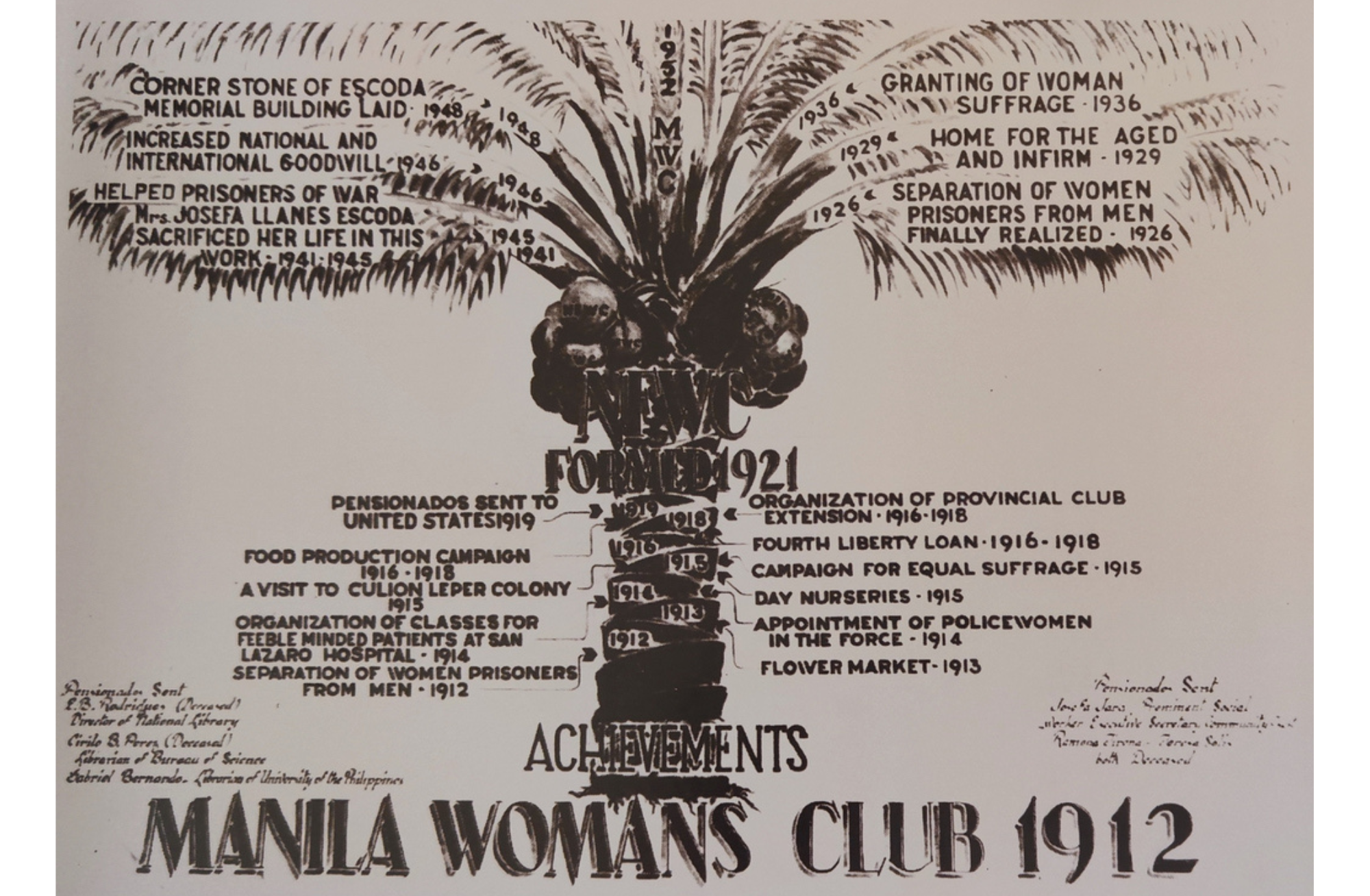
Although the first club for women was actually organized in June 1905 and aptly called Assocacion Feminista Filipina, the Filipino women were always at the forefront of society. As a matter of fact, long before the Spaniards arrived in 1565, the Filipino women enjoyed an amazing position in society. Customary laws gave the women the right to be equal to men, to own and inherit property and to engage in business. They were even in politics-they could succeed to the royalty leadership in the absence of a male heir. Remember Princess Urduja? That was Philippine pre-colonial society.
And what’s more, the men walked behind the women!
Gender inequality was unheard-of. It came centuries later.
In 1883, the first Women’s Masonic Lodge was founded by Rosario Villaruel, Trinidad Rizal, Josefa Rizal, Marina Dizon and Romualda Lanuza. And believe it or not, Andres Bonifacio himself in 1895 organized the women’s chapter of Katipunan. Wives (e.g. Gregoria de Jesus), daughters and sisters of the members were recruited. The women carried documents inside their long skirts and danced and sang in the living rooms while the men met in the backrooms.
Remember Josefa Rizal, Gregoria de Jesus, Marina Dizon, Angelica Rizal-Lopez, Hilaria-Aguinaldo, Melchora Aquino, Aguenda Esteban, Patrocinia Gamboa, Aguenda Kahabagan, Nazaria Lagos, Salome Llanera, Teresa Magbanua, Gabriela Silang, Trinidad Tecson and Gliceria Villavicencio?
Remember the spunky women of Malolos, who in 1889, rebuked the priests for not allowing them to conduct classes for women? Among those women were members of the Tiongson, Tantoco, Tanchangco, Aldaba, Reyes and Vitangcol families. Then in 1898, when our Spanish conquerors sold our country to the American colonizers for a measly $200,000 our women were sort of liberated in the sense that they were allowed to go to school!
That’s liberation because from 1565-1898, our women were literally kept at home. They were not allowed to go to school. They were treated as household caretakers-cook, clean, wash clothes and deliver babies!
Thus in 1905, when the women met to organize a formal club, they sought to:1) propose prison reforms, especially on behalf of women and minors; 2) make visits to shop and factories employing men and women with a view to recommending labor reforms; 3) work for educational reforms through lectures and conferences for women; 4) encourage drives against prostitution, gambling and drinking; 5) conduct religious and moral campaigns in schools, factories, etc.; 6) establish recreation facilities; 7) persuade the government to appoint women to municipal and provincial boards of education and to create committees to inspect municipalities.
The first president was Concepcion Felix (later Calderon and Rodriguez), Maria de Villamor, Paz Natividad de Zulueta, Bonifacia Barretto, Clemencia Lopez, Sofia Reyes (later de Veyra), Trinidad Rizal, Aguenda and Jacoba Paterno, Librada Avelino, Carmen de Luna, Maria Arevalo and Maria Francisco. Thus, women got on board the organization boat:
In 1907, they joined the men to form La Proteccion de la Infancia, the first puericulture center in the Philippines. These women- Concepcion Felix, Maria Villamor, Maria Arevalo, Carmen de Gerona, Asuncion Soriano, Trinidad Rizal, Librada Avelino- joined the men! In 1910, they founded the Philippine Islands Anti- Tuberculosis Society and La Liga Filipina para la Proteccion de la Primera Infancia.
In 1912, the society for the Advancement of Women was organized by two foreigners- Carrie Chapman Catt (who convened the International Alliance of Women in 1904) and Aleta Jacobs. This society was later renamed, Women’s Club of Manila and still much later to Manila Women’s Club which was the most active club during this period. The women accomplished the following: secured an industrial teacher for the insane women in San Lazaro Hospital; worked for the segregation of women prisoners from the men in Bilibid Prisons ( later the women were moved to the now Correctional Institution for Women); hired a handicrafts teachers for women prisoners to train them for a livelihood after their release; persuaded the government to appoint police matrons for women detainees at the police station; founded day nurseries for working mothers (Josefa Llanes Escoda was the organizer) provider the legal aid to indigent women; secured garbage incinerators for the City of Manila (the solid waste program was to come 71 years later); campaigned for Christmas gift for the indigents families; established a flower market; planted fire trees at the Luneta; and initiated a double highway from Luneta to Cavite. Because of the ingenuity of the clubwomen, the American government asked them to help the government campaign for food production and Liberty Loan Drives for the soldiers in World War 1 in Europe.
Thus, as more women’s clubs were organized in the provinces, the women decided to federate themselves. And so the National Federation of Women’s Clubs of the Philippines was born February 5, 1921 at the Manila Hotel.
It took American women 100 years to attain suffrage. It took the Filipinas only 16 years from 1921-1937.
At the initiative of the NFWC, the various women’s groups coalesced to campaign for the suffrage law which was passed in 1937.
The rest is history.
The feminist movement has come into its own.
Photo Gallery (1920s to 1960s)

The Provincial Board of Directors of the Centro de Puericultura del Cebu de la Mujer de Cebu in the 1920s

President Manuel L. Quezon signing the Women's Suffrage Law in 1937 in the presence of NFWC officers
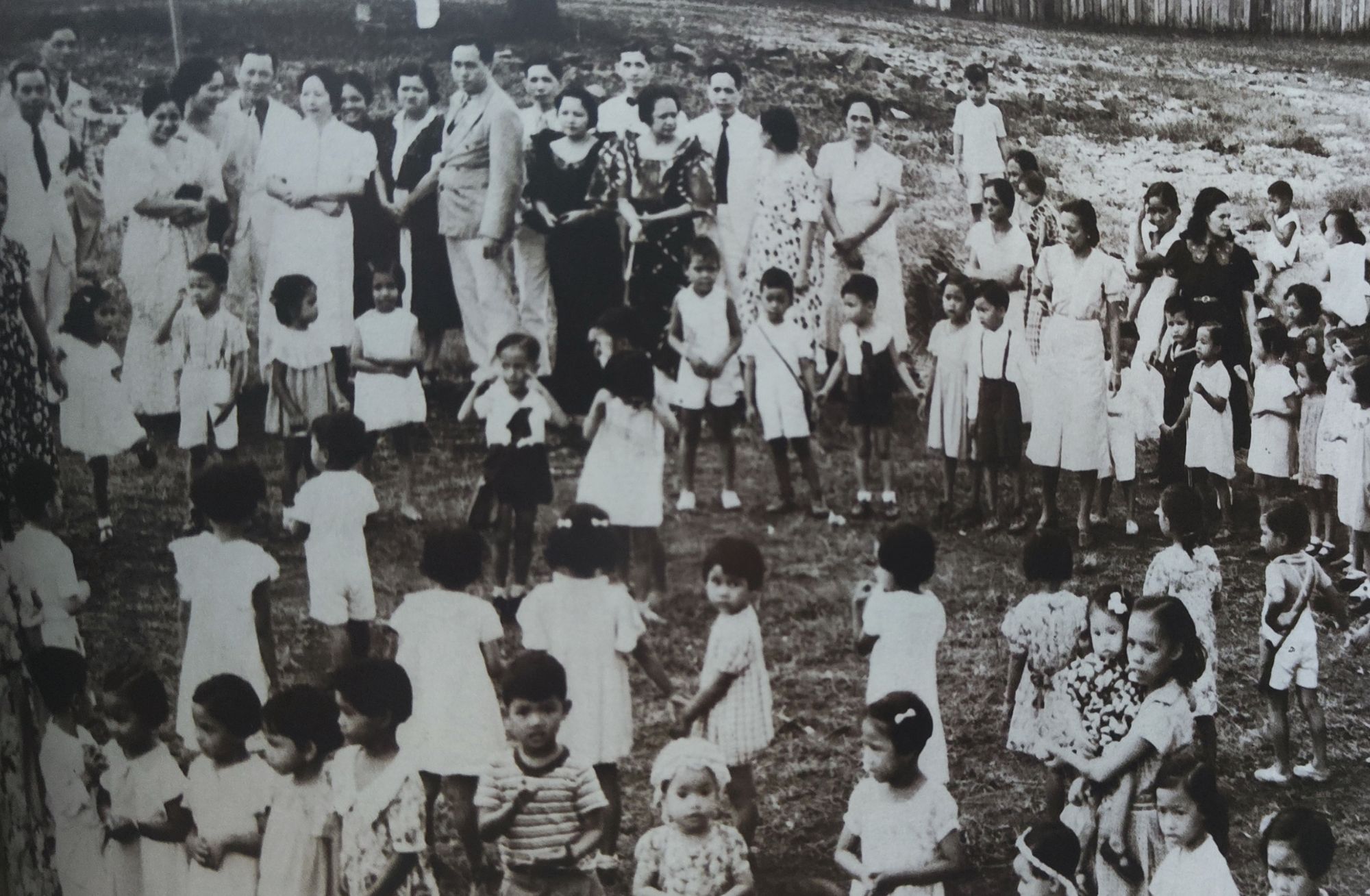
Nursery classes with Doña Aurora Quezon, cabinet members and their spouses (1930s)
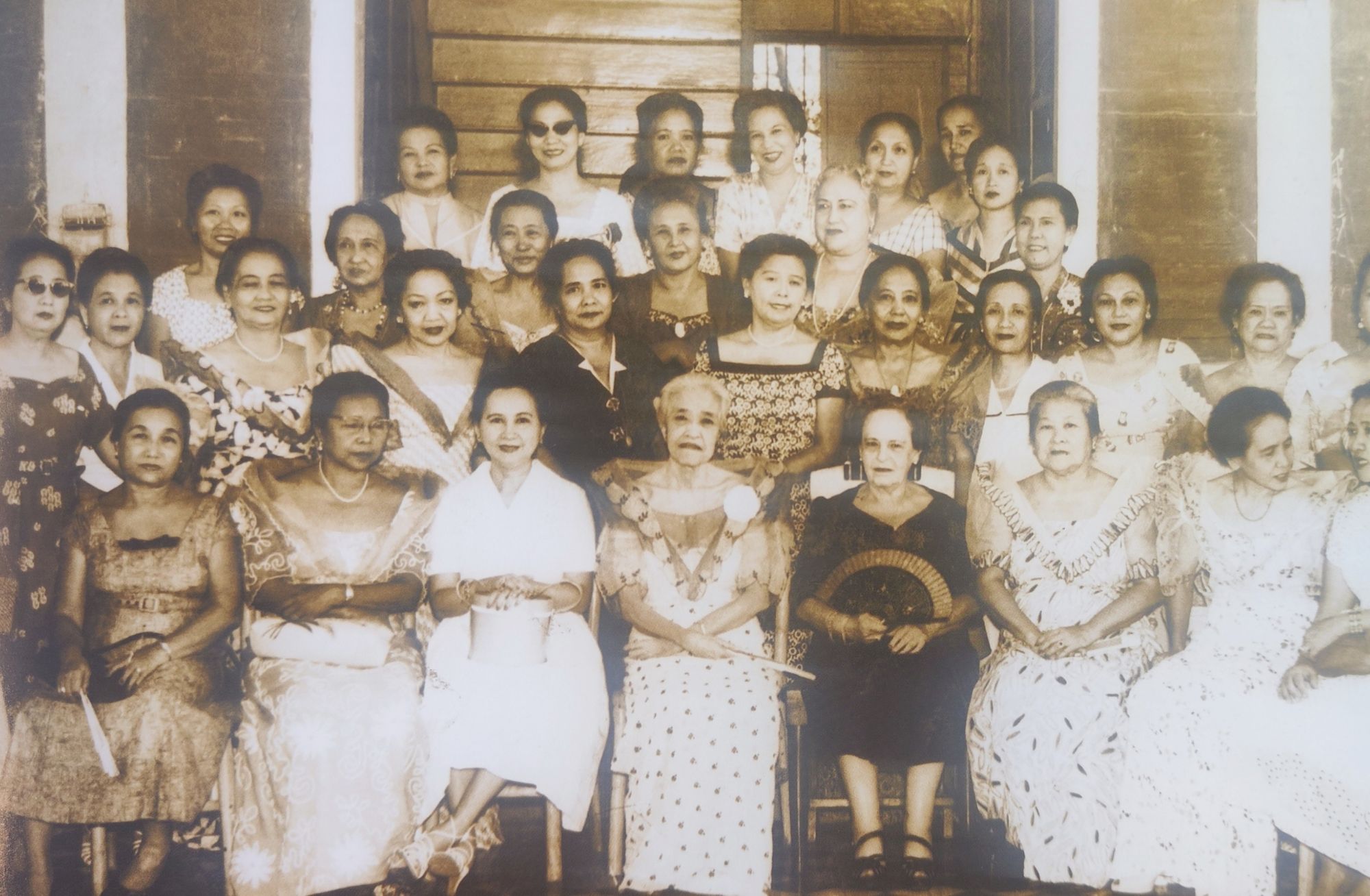
Officers of the NCFW attend the 43rd anniversary celebration led by Doña Concha and Sen. Geronima Pecson

A vintage map of NCFW clubs around the country


NFWC joins the Philippine Charity Sweepstakes in a parade
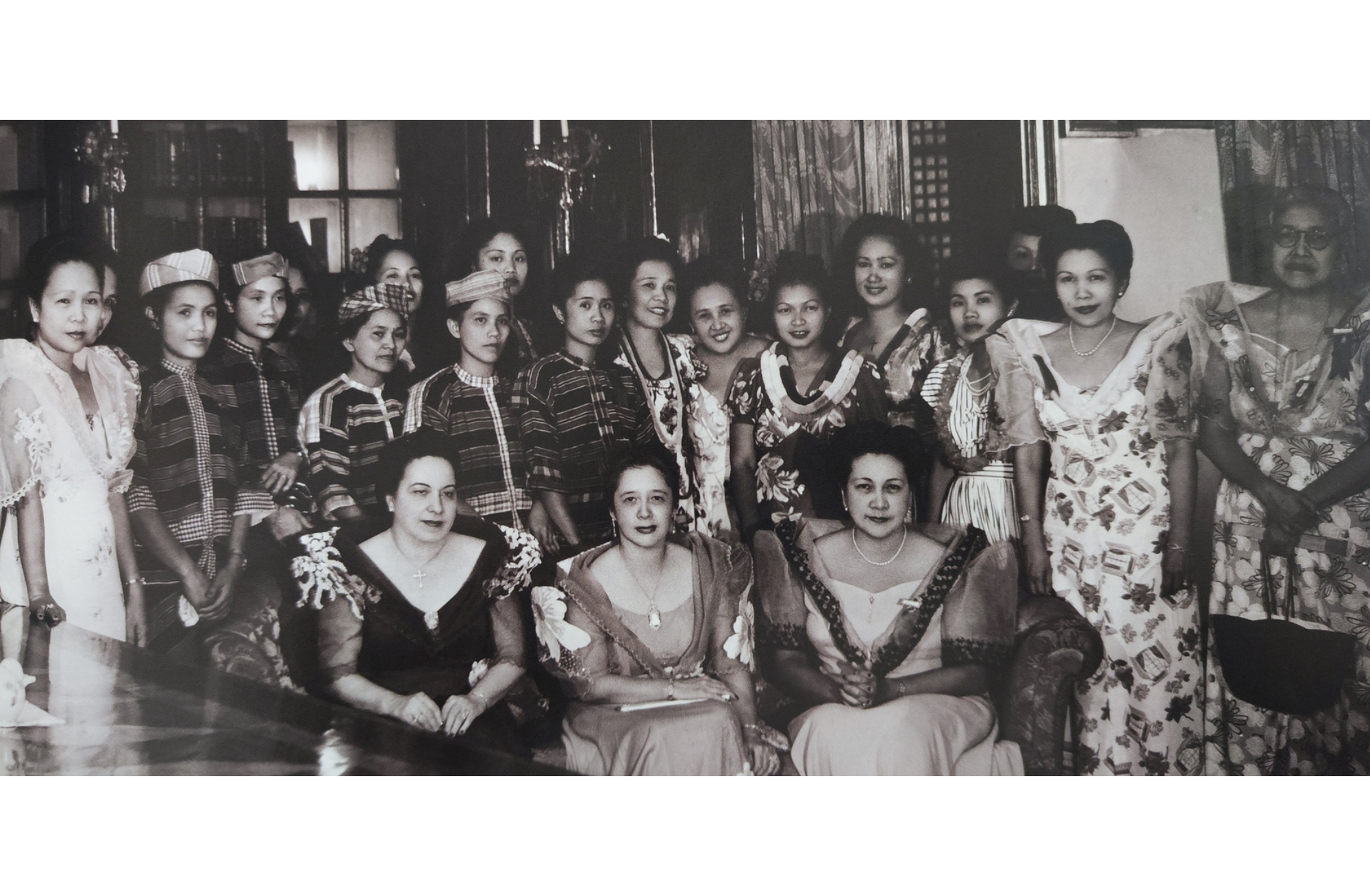
NFWC officers attend a function in Malacañan Palace







From the New Society to the Present
As a non-partisan organization, the NFWC was able to sustain its work and advocacies in partnerships and collaboration with any sitting political regime in the Philippines after the Second World War.

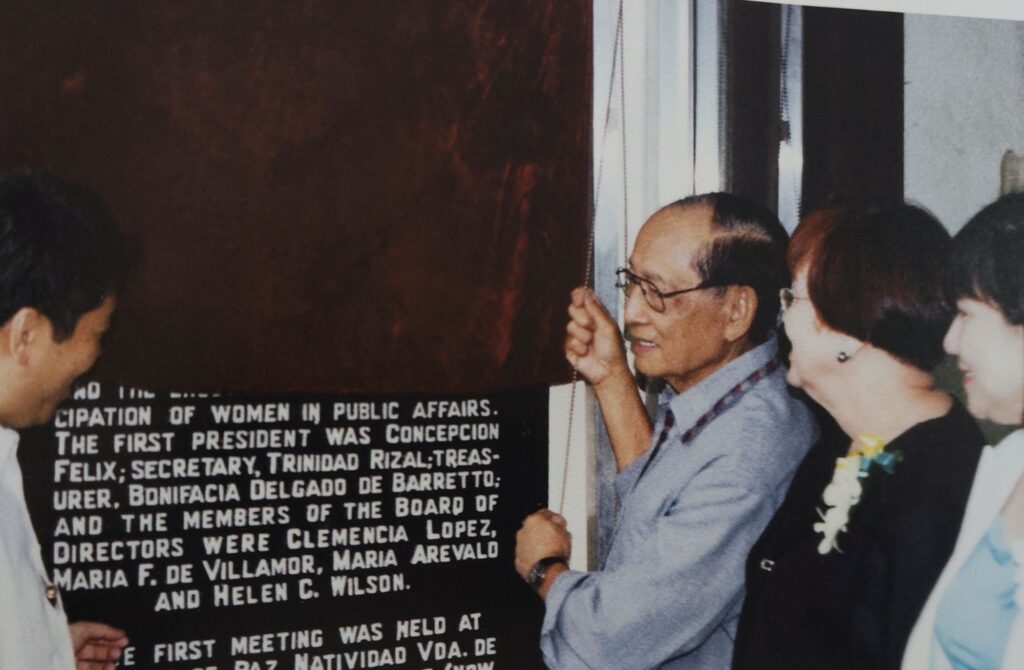
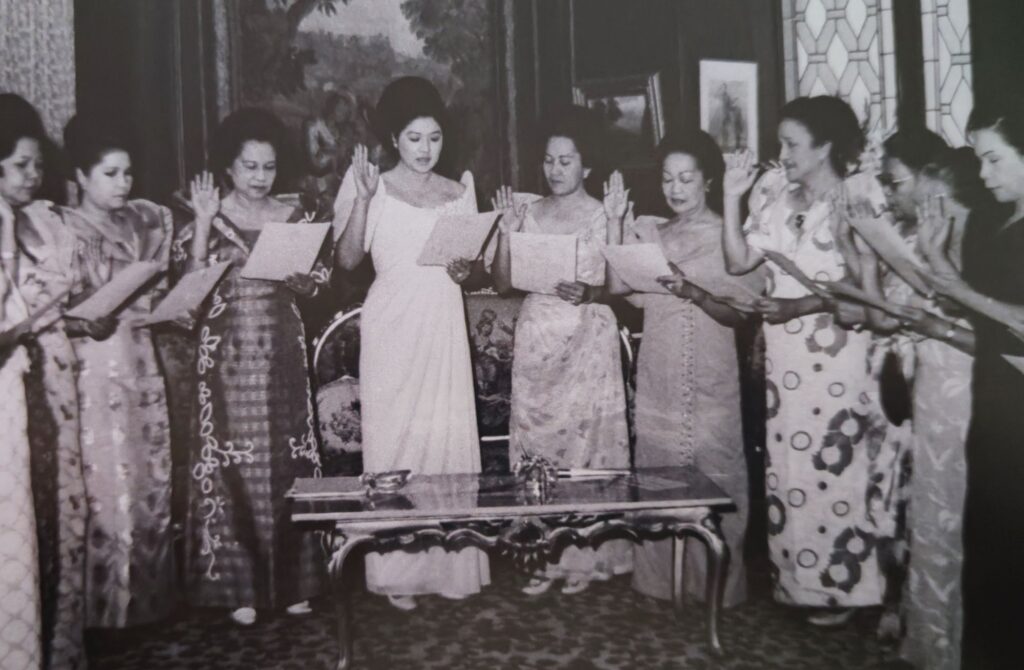
Uncertainties in the political landscape did not disrupt the work of women empowerment as NFWC leaders imagined and re-invented ways to obtain public and private support.
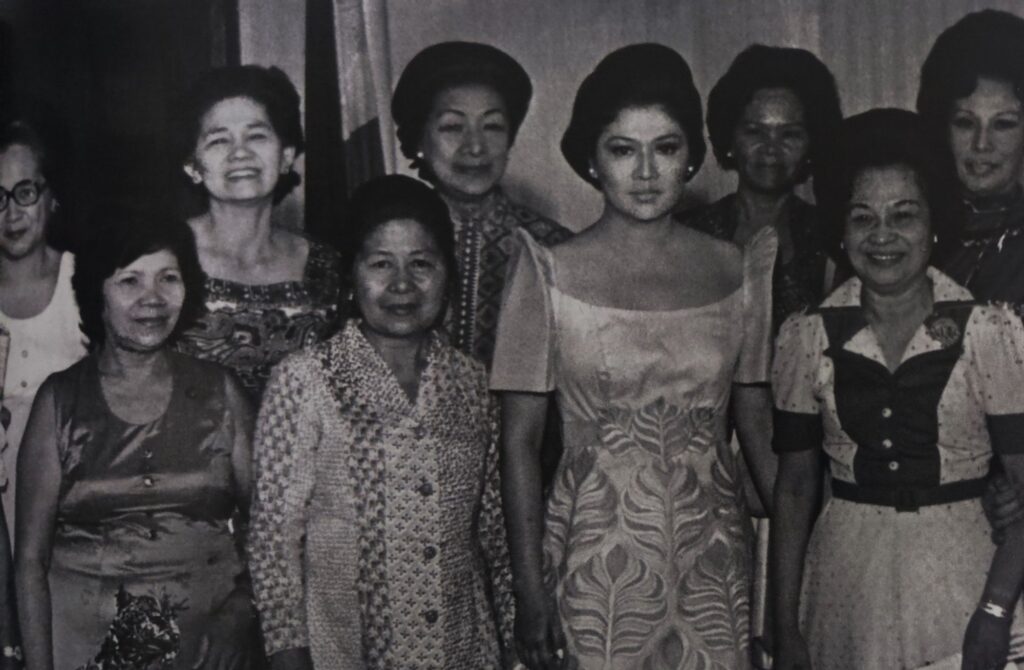
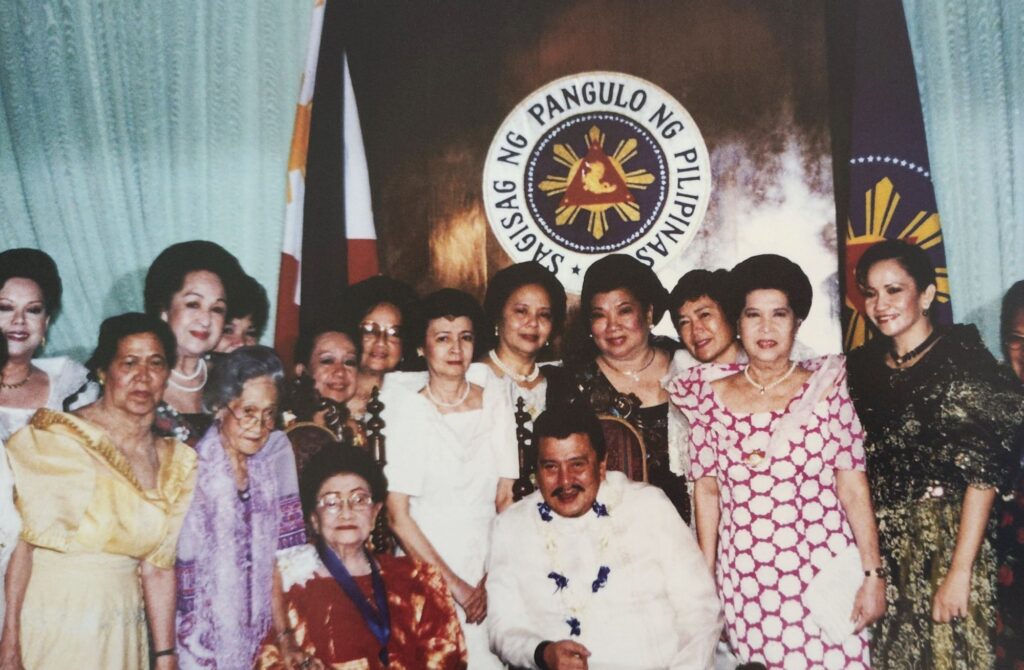
Filipino Clubwomen and Philippine History
Key Milestones of the NFWC
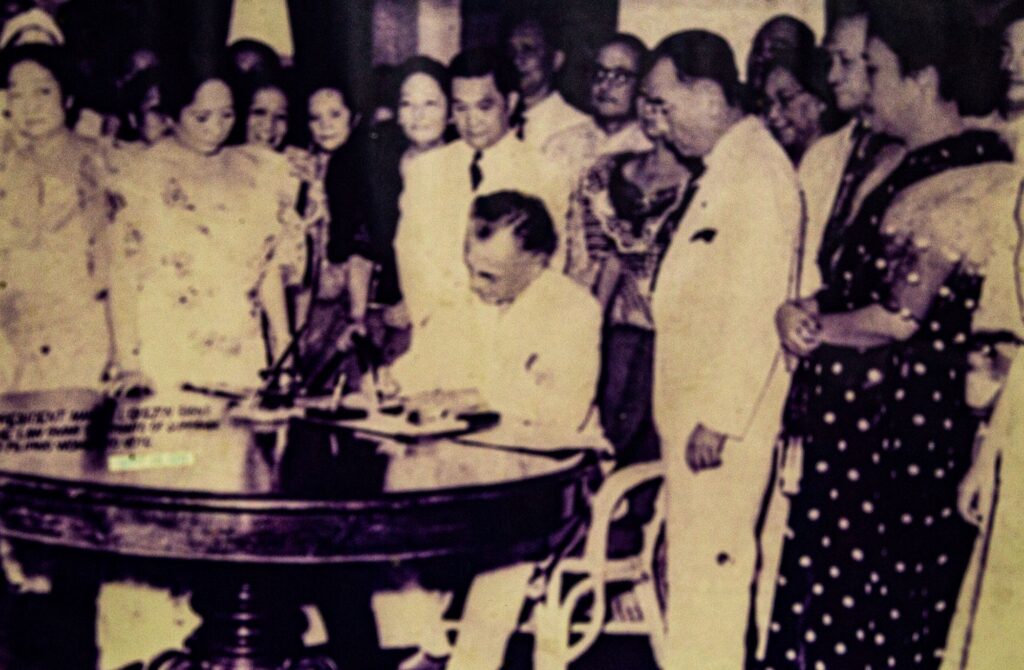
Passage of the Women's Suffrage Act
The NFWC ladies methodically organized and coalesced all women’s group and led to the nationwide campaign. This, President Manuel L. Quezon signed on law in the presence of the NFWC Ladies, including the First Lady, Aurora Aragon-Quezon then its honorary president, September 15, 1937.
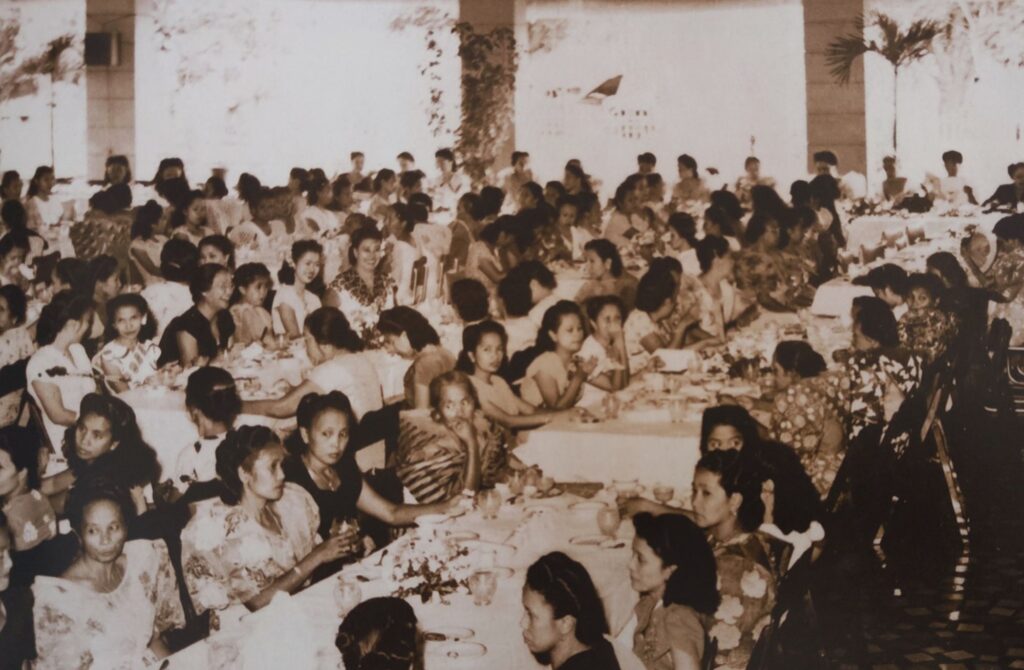
Organizing of Women's Clubs
Filipino women have been organizing their own local clubs since 1905 inspired by what was going on in the United States and in Europe.
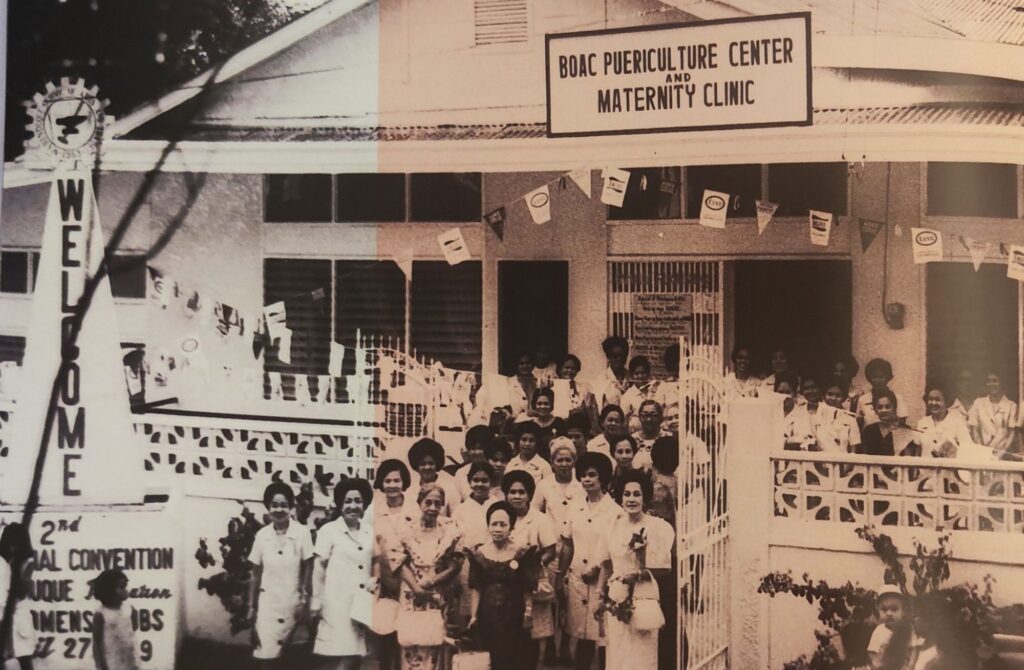
Established First Puericulture Center
Puericulture centers which would become landmarks today in the Philippine countryside and rural areas were the forerunners of the Rural Health Unit under the current Philippine health system. NFWC puericulture or maternity or birthing centers were established as far as Jolo in Mindanao.
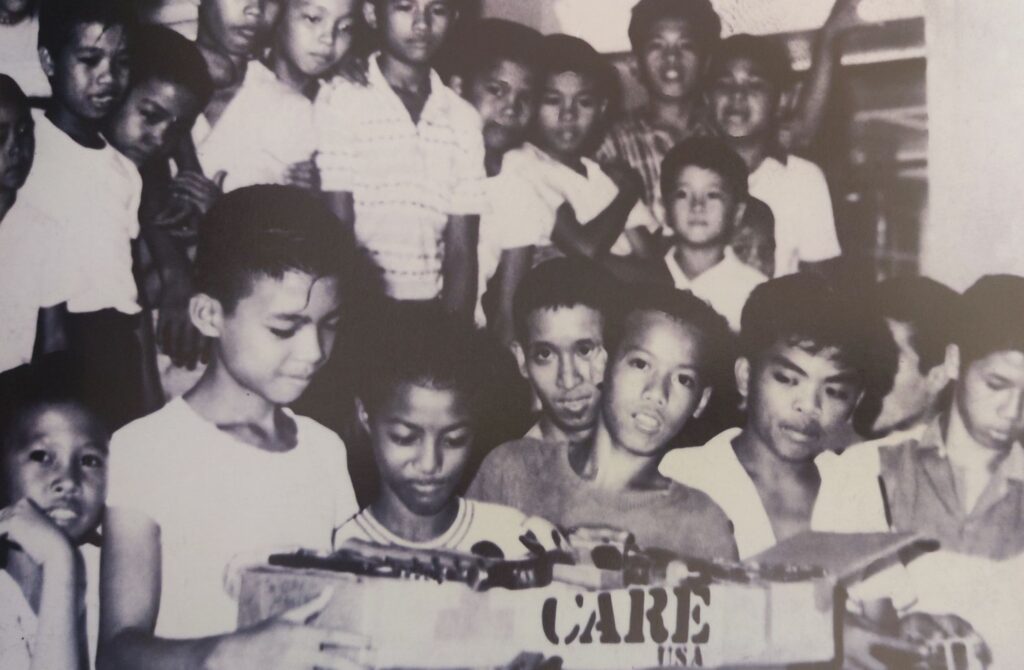
Pioneered Nursery and Kindergarten
The nursery and kindergarten schools pioneered by NFWC would later on become the basis of pre-school learning in the Philippine education system and NFWC learning centers would receive in the 21st century a permanent exemption on certain rules on classroom or facility size.
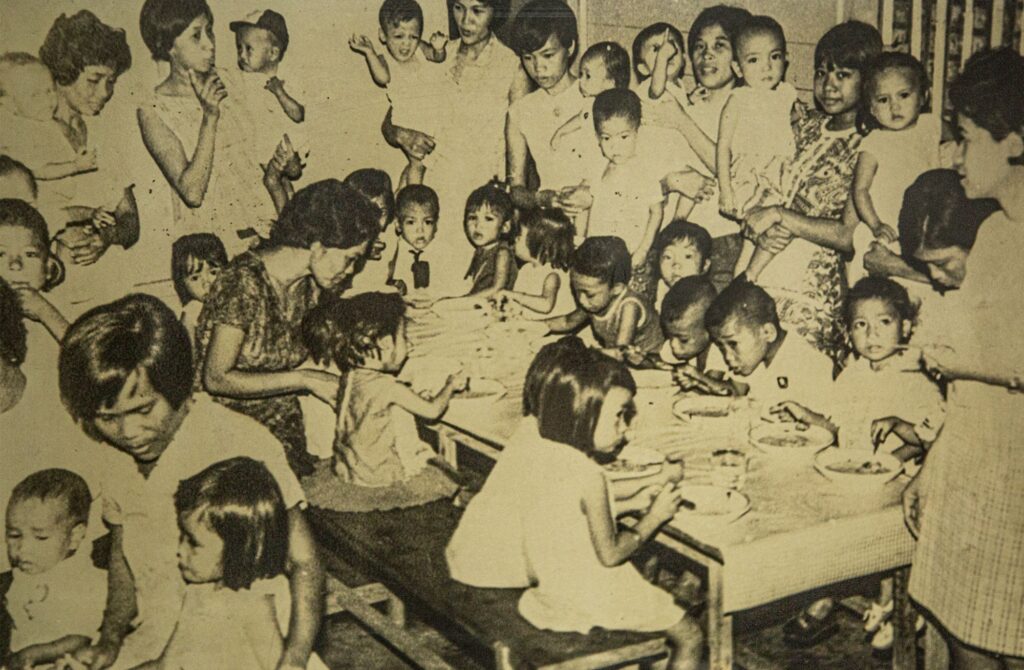
Pioneered Day Cares and Soup Kitchens
The idea is so important to the national health, that the Philippine Congress in 1991 passed Republic Act 6972, providing for the establishment of day care centers in all barangays nationwide
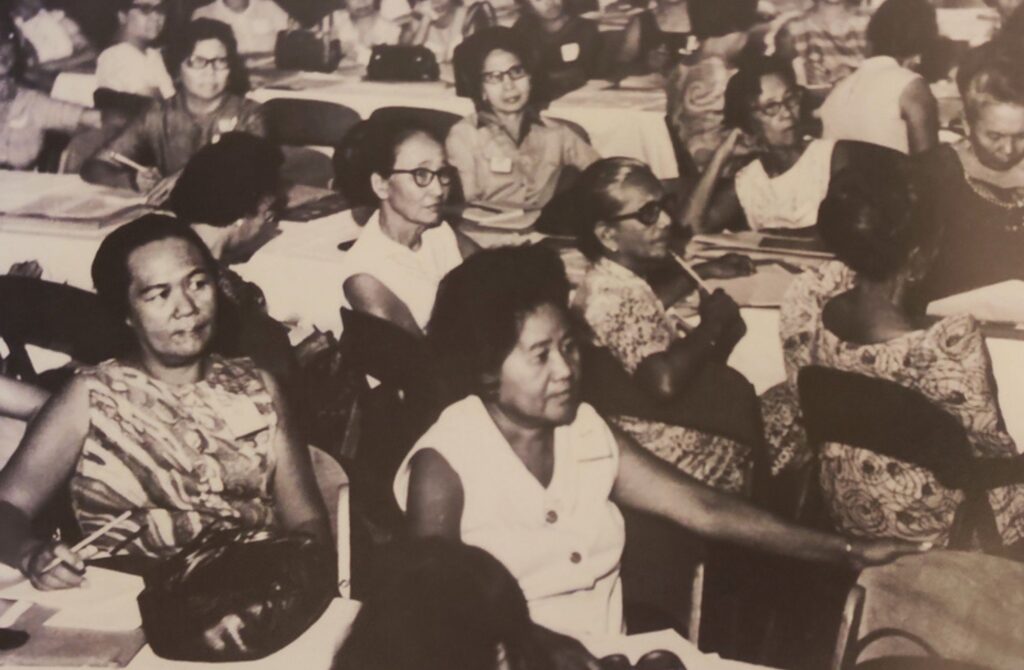
Rolled out first literacy programs
The NFWC was the first to teach illiterate adults how to read and write and initially called its literacy program In 1937, President Manuel l. Quezon endorsed Commonwealth Act No. 80 providing for the establishment of the Adult Education Office, later the succeeding government would include the program in a separate bureau, the now Bureau of Adult Education.
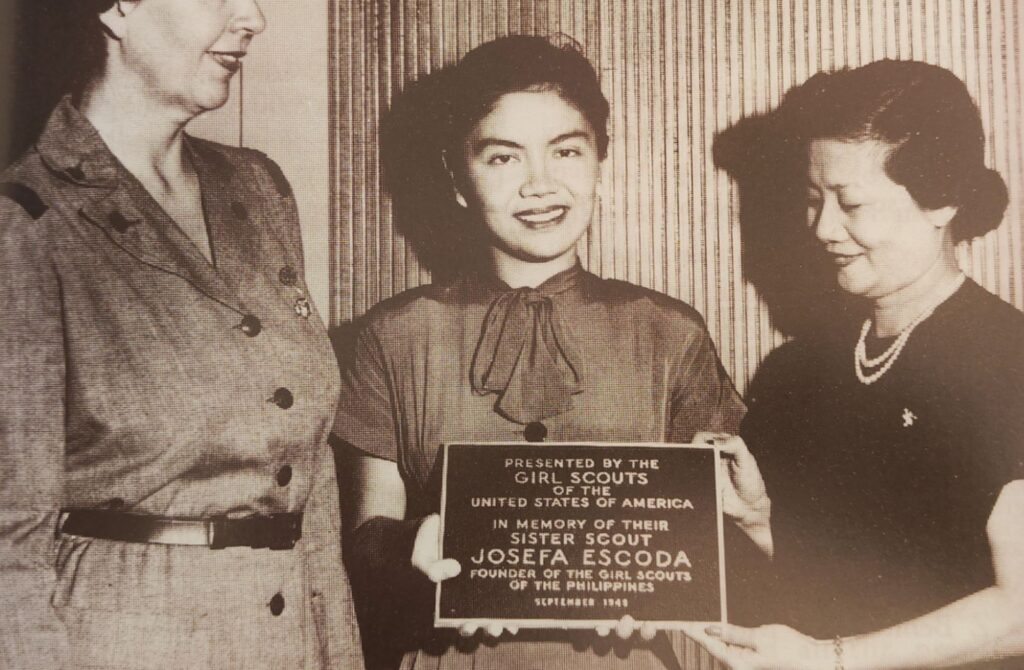
Initiated the Girl Scouts of the Philippines
Under the leadership of the first Filipino heroine, Josefa Llanes Escoda, the Girl Scouts of the Philippines would be established to provide young Filipino women to display their patriotism and do small acts of service for the country
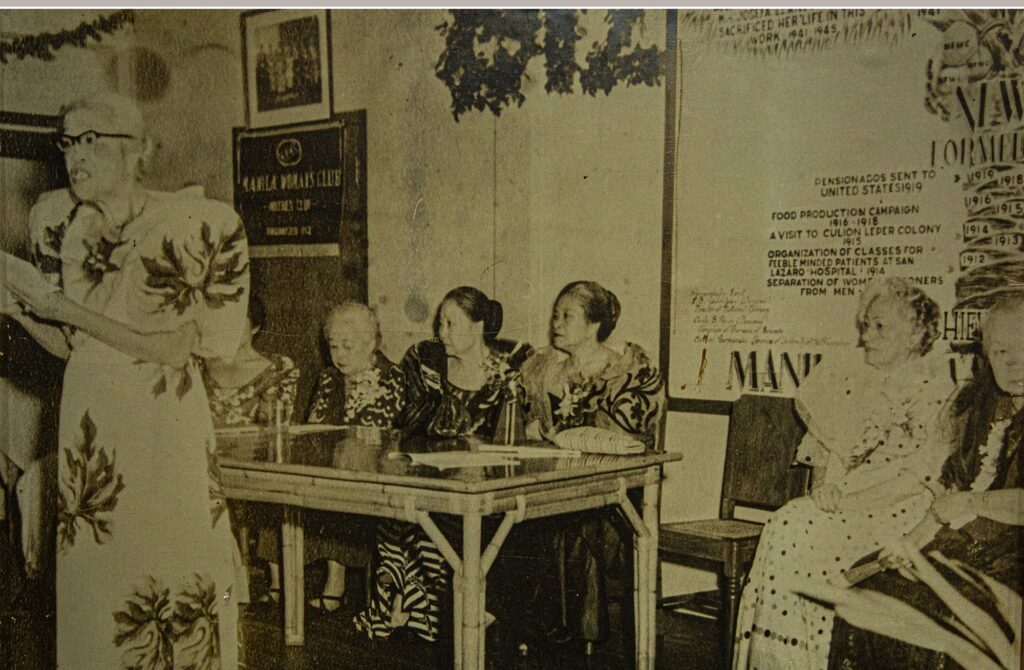
Laid foundation for Women Correctional
The NFWC successfully worked for the improvement of conditions of women prisoners in 1920, which work subsequently led to the establishment of what is now the correctional Institution for Women in Mandaluyong
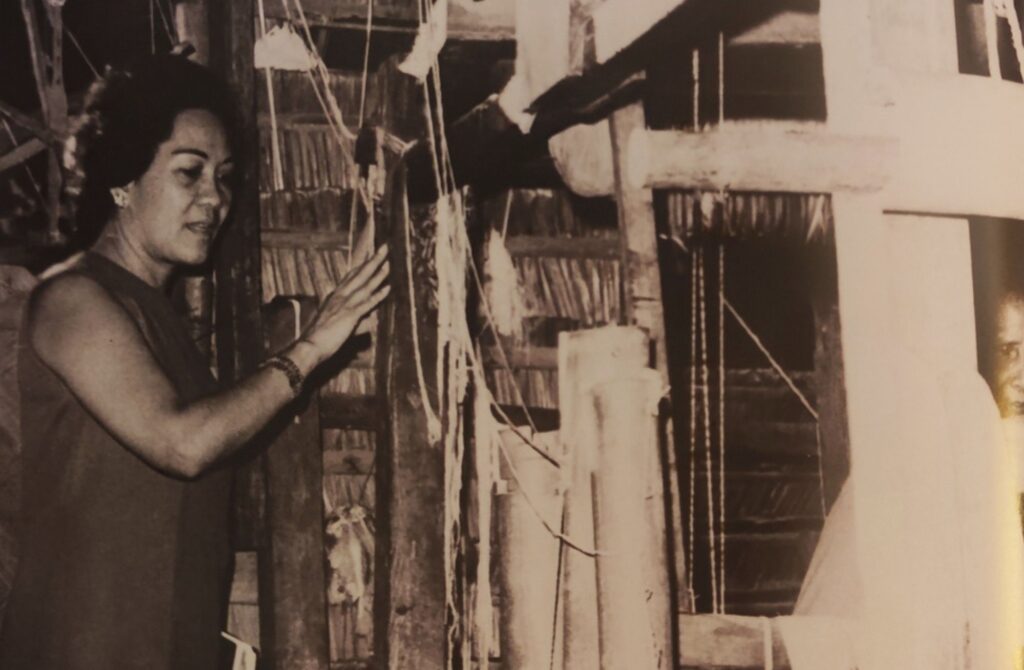
Initiated promotion of Philippine crafts and products
The NFWC was the first to promote Philippine products in 1914 arousing national consciousness for Filipino crafts and national pride for Filipino culture. In 1935, President Manuel L. Quezon signed Presidential Proclamation No. 76 providing for the national celebration of the “Made-in-the-Philippines Week”. IN the 1930’s the National Economic Protection (NEPA) was born.
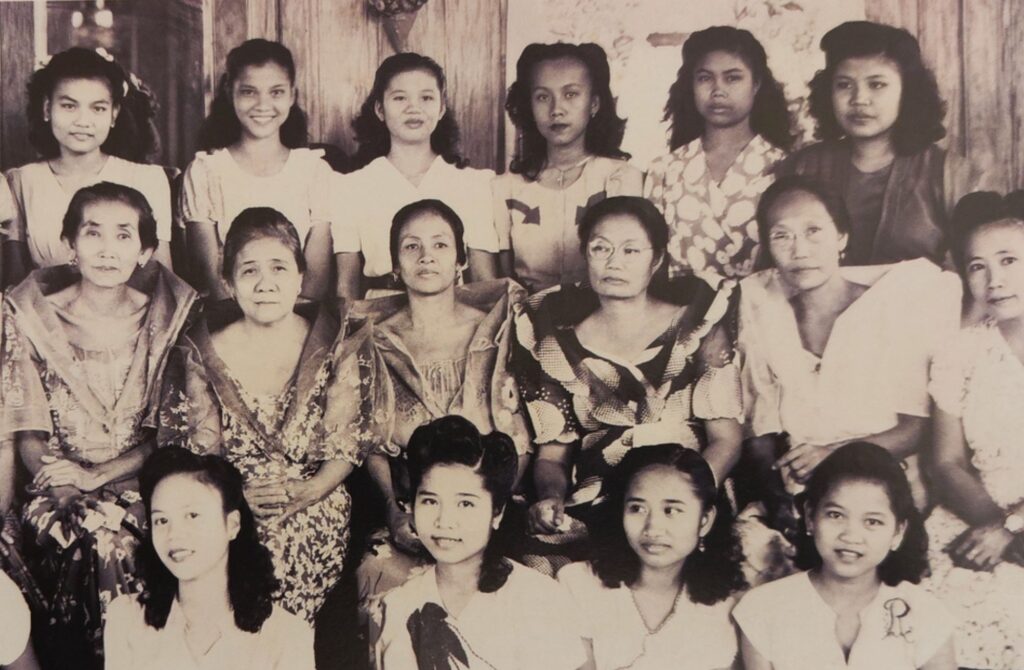
Initiated National Girls Week Celebrations
Now celebrated every November, the first National Girls Week in the Philippines was held on November 23-29, 1935
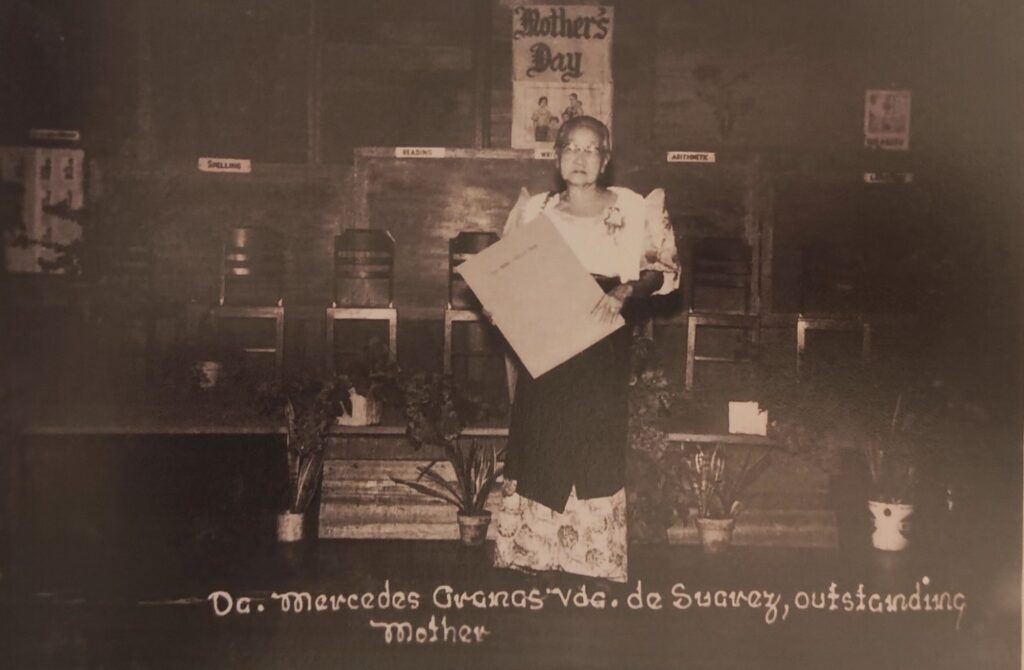
Initiated Mother's Day Celebrations in the country
Through the efforts of the NFWC, the then American colonial government declared the first Monday of each December as Mother’s Day in the Philippines. The first of such celebration was held in December 1921. NFWC Mother’s Day celebrations recognized outstanding mothers and women in their professions.
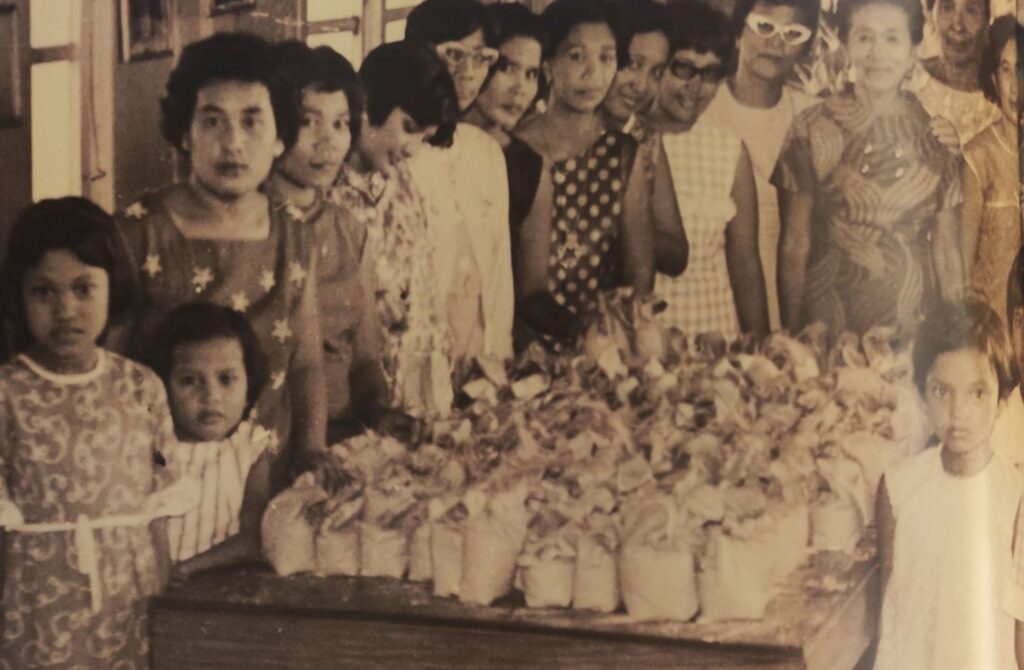
Initiated Consumer Protection Week
The NFWC campaigned for the protection of Filipino consumers which is now mandated by law to be celebrated every first week of October.
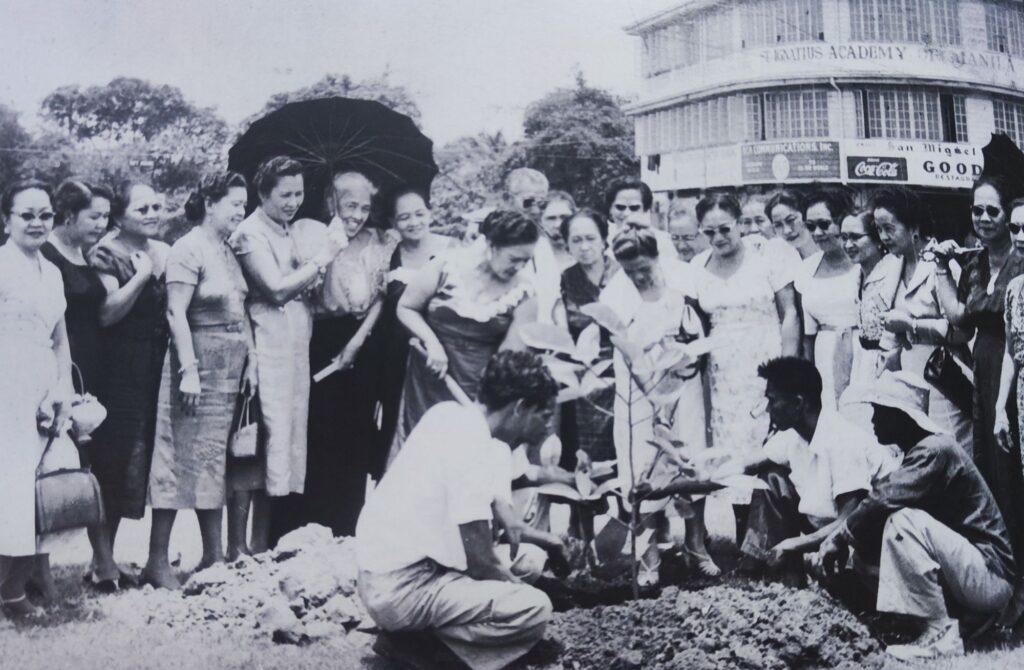
Conducted a contest to determine national flower
In 1926, the NFWC held a contest to determine the Philippine national flower during which the sampaguita won. The same flower is now considered the national flower of the Philippines.
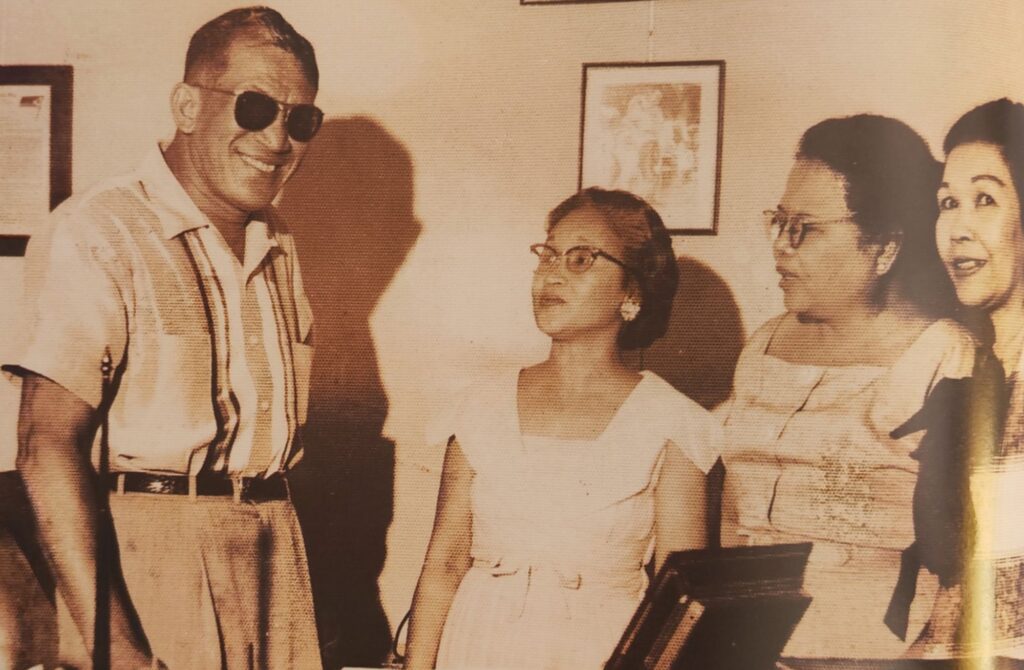
Campaigned for an ordinance in Manila regulating liquor sales
In 1980, the NFWC campaigned for and obtained an ordinance in Manila banning the sale of liquor within 50 meters of any school or church. It is the same ordinance enforced by local governments across the country today under the Local Government Code.
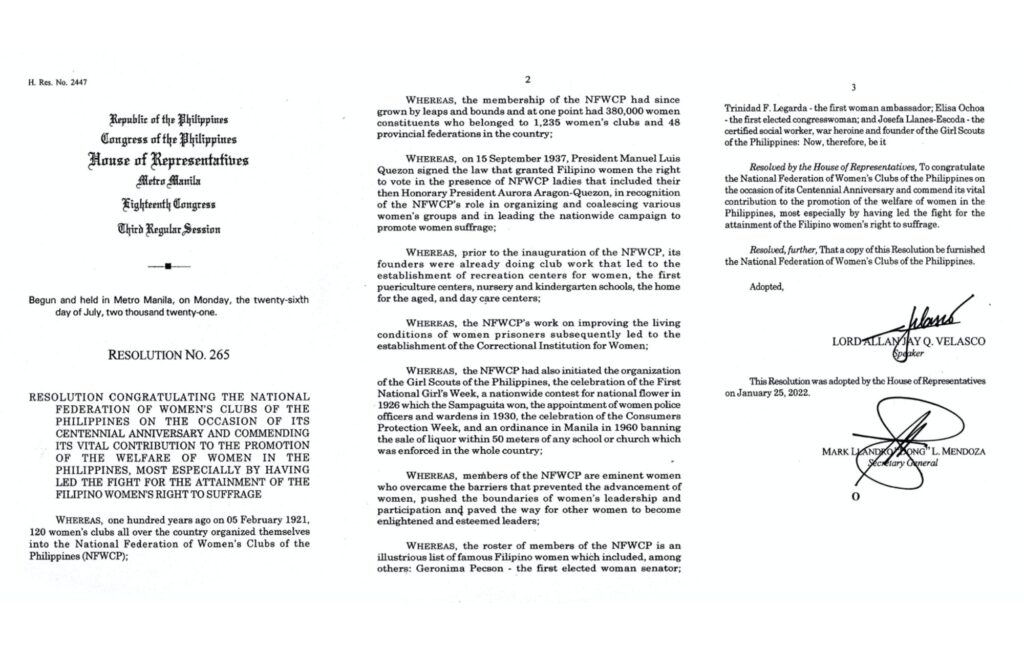
Recognized by the Philippine Congress for its 100th Year
On January 25, 2022, the House of Representatives adopted House Resolution No. 265 congratulating the NFWC on its Centennial Anniversary and commending its vital contribution to the promotion of the welfare of Filipino women especially in the attainment of women’s suffrage.
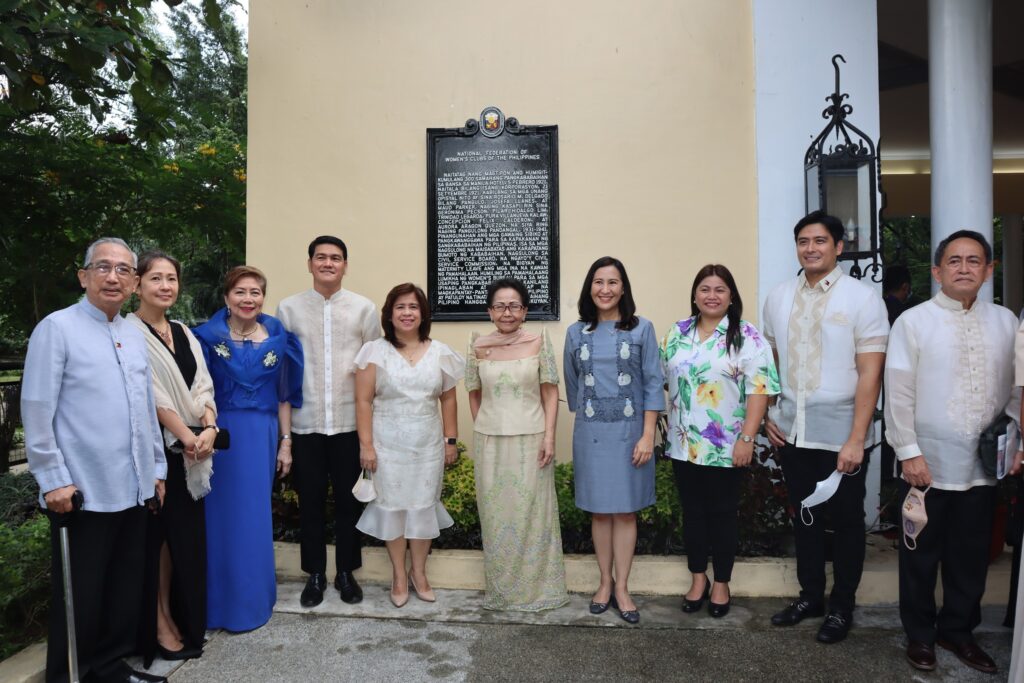
Installed NFWC marker in Quezon Heritage House
In 2022, the NFWC obtained the approval of the NFWC Centennial Marker from the National Historical Commission of the Philippines on August 2022 and installed at the Quezon Heritage on September 15, 2022
